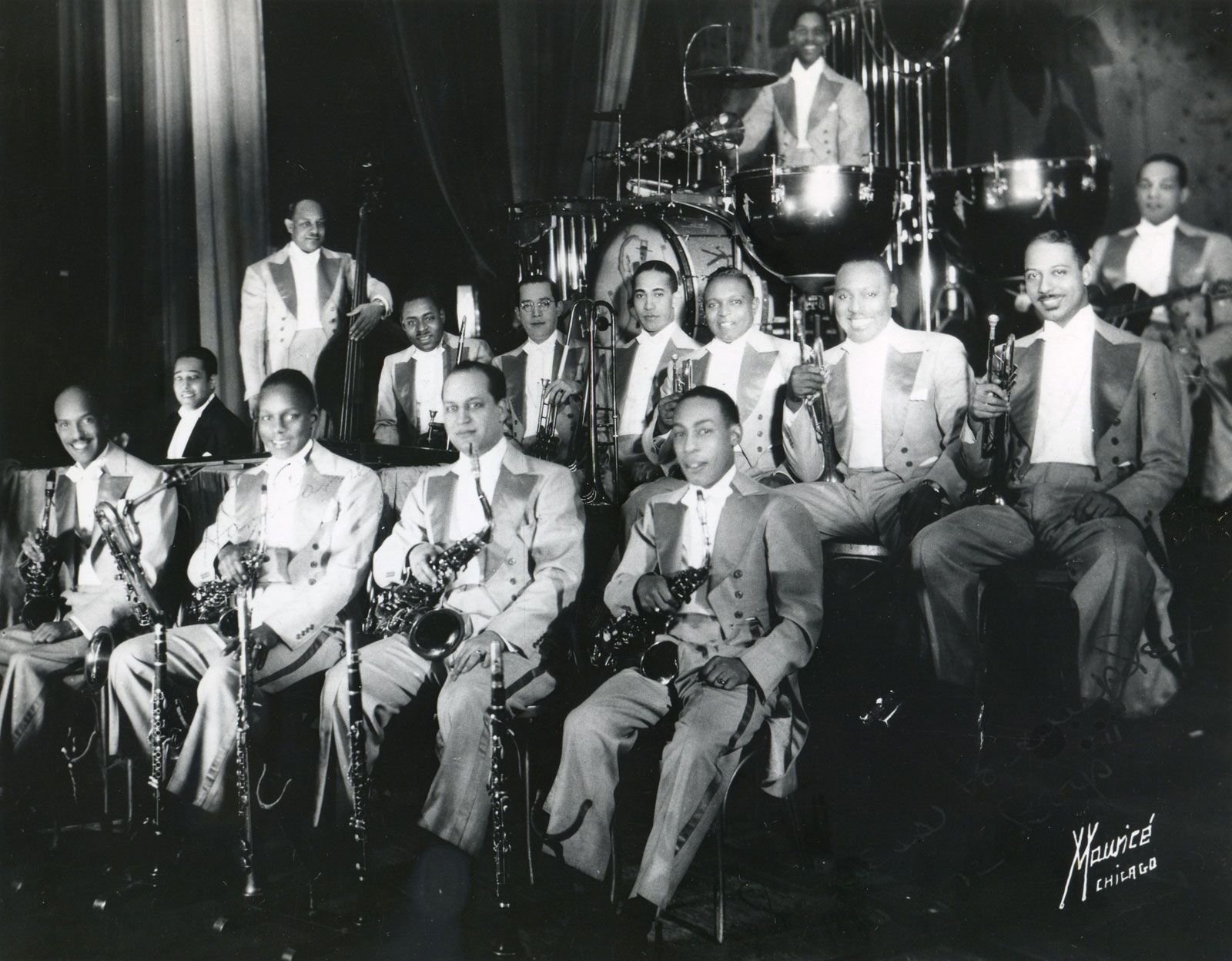Ellington’s Jazz Orchestra Music with Singers: What Was It Called?
Duke Ellington is one of the most iconic figures in jazz history. His music not only defined an era but also left an everlasting impact on the evolution of jazz. Among his many contributions, Ellington’s integration of singers into his jazz orchestra became a signature part of his sound. If you’ve ever wondered, “Ellington’s jazz orchestra music with singers was called?” you’re in the right place. In this blog post, we’ll explore the role of singers in Ellington’s orchestra, how it transformed jazz, and why it continues to resonate with audiences today.
What Was Ellington’s Jazz Orchestra Music with Singers Called?
Duke Ellington’s jazz orchestra music that featured singers didn’t have a specific label or category. However, his unique integration of vocals into big band jazz was a hallmark of his style, often referred to as “Ellingtonian Jazz.” When vocalists joined his orchestra, Ellington carefully tailored his arrangements to enhance both the instrumental and vocal elements. These performances weren’t just jazz with singers; they were a form of musical storytelling.
Ellington’s collaborations with singers like Ivie Anderson, Ella Fitzgerald, and later, Billy Strayhorn (who was also a composer and lyricist) gave his orchestra a new dimension, blending instrumental prowess with emotional, lyrical depth. These performances, often called “vocal jazz” or “jazz vocalists with big band accompaniment,” helped redefine jazz and popularize it with broader audiences.
The Influence of Singers in Ellington’s Orchestra
Ellington was a master of musical collaboration. While his orchestra was primarily known for its instrumental brilliance, the addition of singers brought a new level of appeal and emotion to his performances. Here are some key singers who shaped Ellington’s sound:
- Ivie Anderson: Anderson was one of the first and most influential singers in Ellington’s band. Her smooth voice perfectly complemented the orchestra’s rich sound, and she remained a key member of the ensemble from 1931 to 1942. Songs like “It Don’t Mean a Thing (If It Ain’t Got That Swing)” and “Mood Indigo” became famous not just for their melodies but for Anderson’s unforgettable vocal performances.
- Ella Fitzgerald: Though Fitzgerald wasn’t officially part of Ellington’s band, she frequently collaborated with him in concerts and recordings, including the legendary Ella Fitzgerald Sings the Duke Ellington Songbook. Ellington’s arrangements showcased Fitzgerald’s vocal range, and their partnership was a celebration of jazz at its finest.
- Billy Strayhorn: Strayhorn was much more than a vocalist; he was Ellington’s right-hand man, a composer, arranger, and lyricist who co-wrote many of Ellington’s greatest works. While Strayhorn didn’t perform as much as Anderson or Fitzgerald, his contributions to the vocal-instrumental integration of the orchestra were indispensable.
How Ellington Revolutionized Jazz with Vocals
Ellington was a visionary, not just because of his ability to compose beautiful music, but because he pushed the boundaries of what jazz could be. He understood that jazz was an ever-evolving art form and that incorporating singers would make his orchestra stand out. Here’s how he revolutionized the genre:
- Blending Voices and Instruments: Unlike many big bands that used singers as standalone acts, Ellington integrated vocalists into the fabric of the orchestra. His singers weren’t just there to belt out the lyrics—they were part of the conversation between instruments and voice, creating a harmonious blend that felt cohesive and dynamic.
- Jazz as Storytelling: Ellington’s music told stories. When his orchestra performed with singers, the lyrics and melodies became part of the narrative. Songs like “Sophisticated Lady” and “Prelude to a Kiss” felt more like mini-musical dramas, with the singer acting as both narrator and character.
- Popularizing Jazz: By featuring singers, Ellington helped bring jazz to a wider audience. Vocals made his music more accessible, giving listeners who may not have understood the complexities of jazz a way to connect emotionally to the music.
The Legacy of Ellington’s Jazz with Singers
Ellington’s impact on jazz is immeasurable. His ability to bring singers into his orchestra not only showcased the versatility of jazz but also set the stage for future collaborations between vocalists and big bands. Today, the idea of jazz orchestras performing with singers seems natural, but it was Ellington who pioneered this style and made it a respected art form.
Frequently Asked Questions (FAQs)
1. Who were the main singers in Duke Ellington’s orchestra?
Some of the most notable singers included Ivie Anderson, Ella Fitzgerald (as a frequent collaborator), and Billy Strayhorn. Each brought their own unique style to Ellington’s music.
2. How did Duke Ellington incorporate singers into his orchestra?
Ellington seamlessly blended vocals with instrumental arrangements, making the singers part of the overall sound rather than treating them as separate entities. This created a richer, more dynamic musical experience.
3. What are some famous songs by Ellington featuring singers?
Popular songs include “It Don’t Mean a Thing (If It Ain’t Got That Swing)” with Ivie Anderson, and collaborations with Ella Fitzgerald on songs like “Take the ‘A’ Train.”
4. What made Ellington’s approach to jazz unique?
Ellington’s ability to blend complex harmonies, intricate arrangements, and vocal performances was revolutionary. His work blurred the lines between jazz, classical music, and popular song, creating a sophisticated and timeless sound.
5. Did Duke Ellington only work with jazz singers?
While jazz singers were his primary collaborators, Ellington’s music crossed into many genres, and he occasionally worked with artists outside the jazz world, contributing to his broad appeal.
Conclusion
ellington’s jazz orchestra music with singers was called a groundbreaking fusion of vocals and instrumental jazz that continues to influence the genre today. By blending the talents of legendary vocalists like Ivie Anderson and Ella Fitzgerald with his orchestra, Ellington created a rich, emotive sound that resonated with audiences and elevated jazz to new heights. His legacy as a bandleader, composer, and innovator remains a cornerstone of American music.
